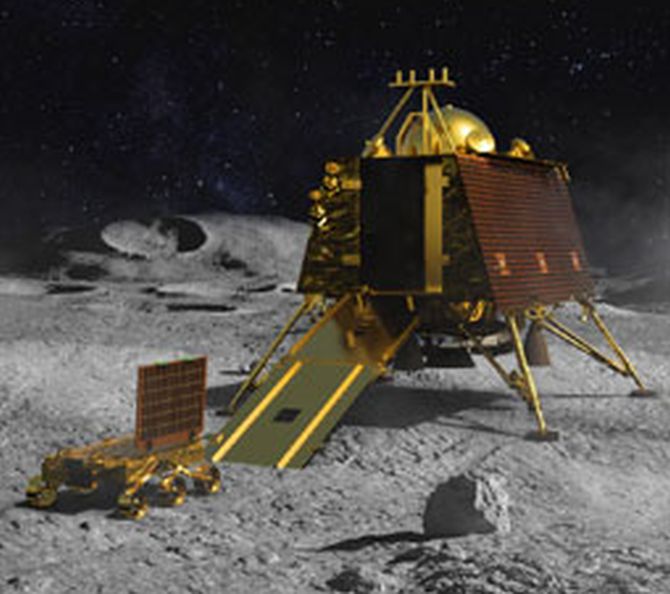The country will likely have to wait for a future mission to join the elite club of nations that have landed on the moon.


India’s attempt to land a robotic spacecraft near the moon’s South Pole on Saturday appeared to end in failure.
The initial parts of the descent went smoothly. But less than two miles above the surface, the trajectory diverged from the planned path. The mission control room fell silent as communications from the lander were lost. A member of the staff was seen patting the back of K. Sivan, the director of India’s space program.
He later announced that the spacecraft was operating as expected until an altitude of 2.1 kilometers, or 1.3 miles. “The data is being analyzed,” he said.

The partial failure of the Chandrayaan-2 mission — an orbiter remains in operation — would delay the country’s bid to join an elite club of nations that have landed in one piece on the moon’s surface.
If the spacecraft crashed — although a communications glitch was also possible — it occurred during a period that Dr. Sivan had called “15 minutes of terror.” A series of steps had to be completed by computers on board the spacecraft in the correct sequence, with no opportunity for do-overs.
This was the third attempted spacecraft landing on the moon this year. In January, China landed the first probe ever on the far side of the moon. The lander and accompanying rover have been operating since then.
An Israeli nonprofit sent a small robotic spacecraft named Beresheet to the moon, but its landing attempt in April went awry in a manner similar to Chandrayaan-2. The initial descent went as planned, but then communications were lost near the surface. It was later discovered that a command to shut off the engine was incorrectly sent.

Chandrayaan-2 launched in July, taking a long, fuel-efficient path to the moon. Earlier this week, the 3,200-pound lander, named Vikram after Vikram A. Sarabhai, the father of the Indian space program, separated from the orbiter and maneuvered toward the moon’s surface.
Fifteen minutes before the planned landing, the Vikram lander was traveling at more than 2,000 miles per hour at an altitude of about 20 miles. Four of its engines fired to quickly slow it down as it headed toward its landing site on a high, flat plain near the South Pole. Later in the landing process, it appeared that Vikram was descending too fast and then data from the spacecraft ended.

